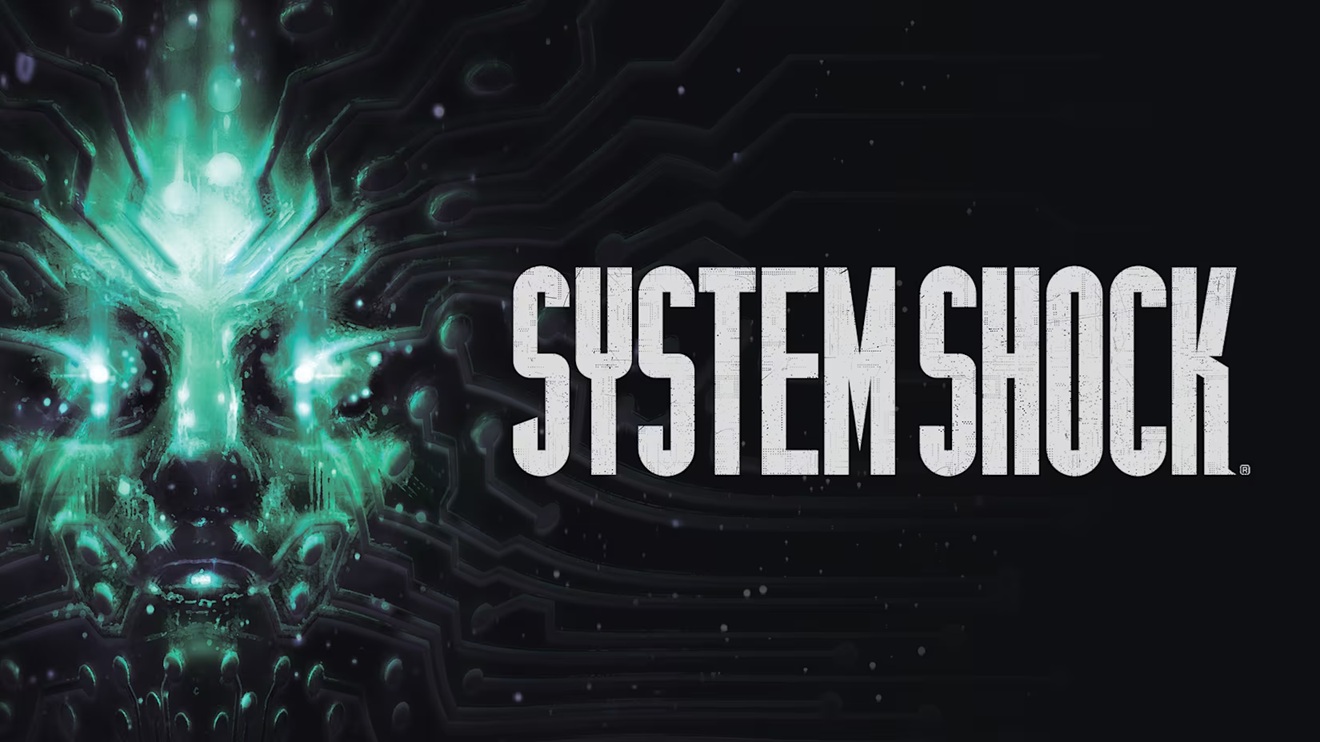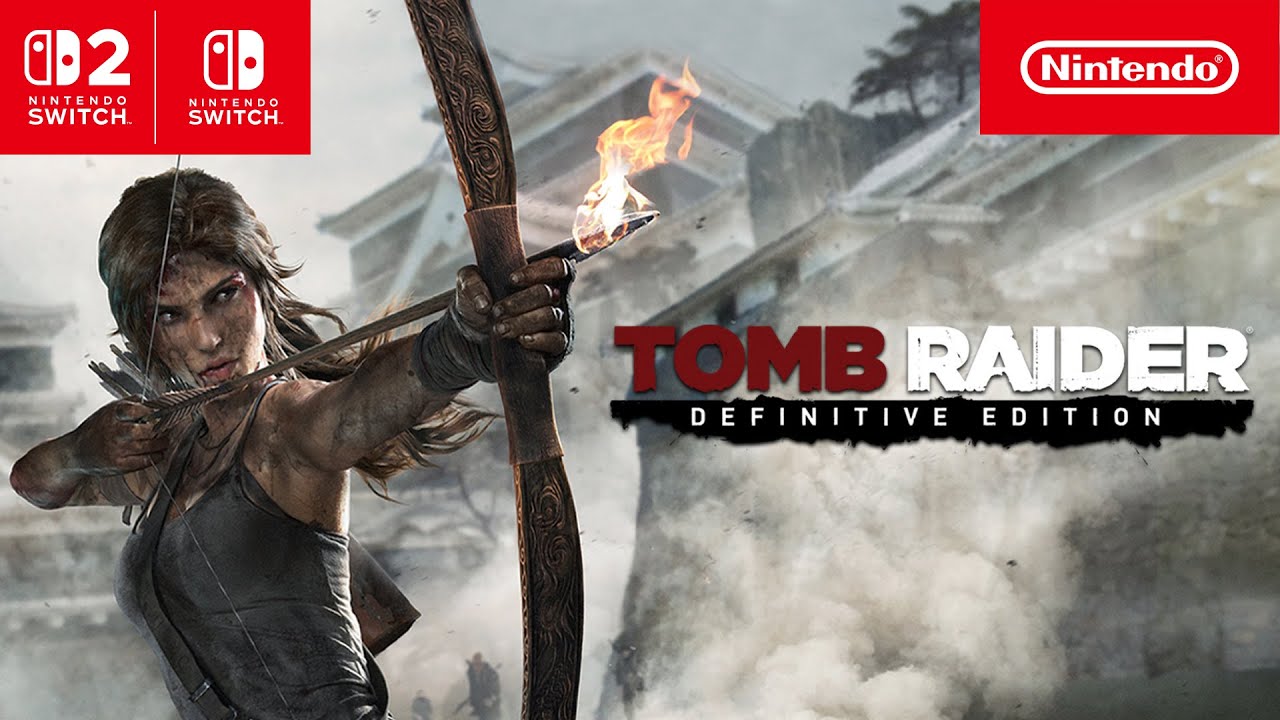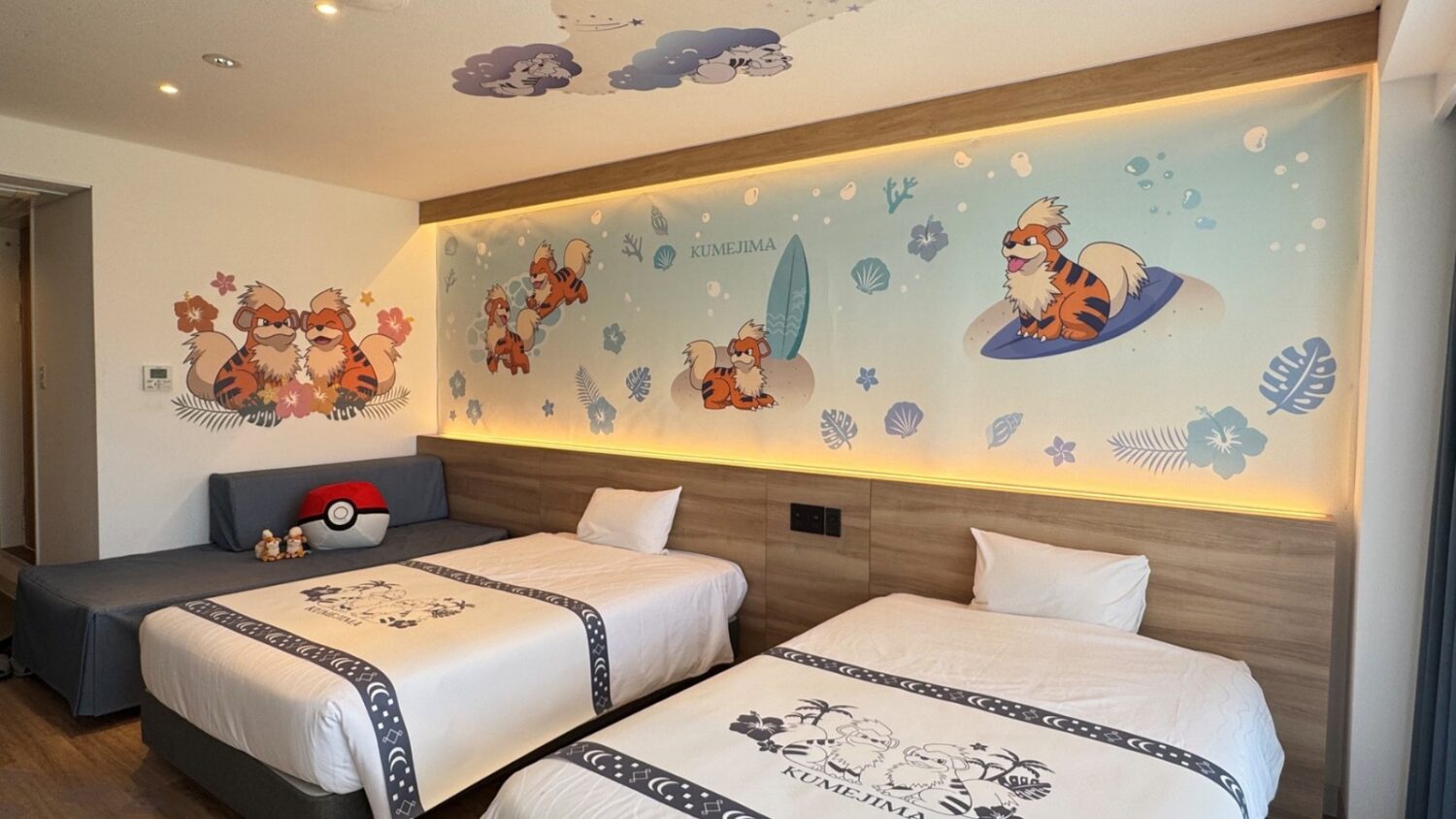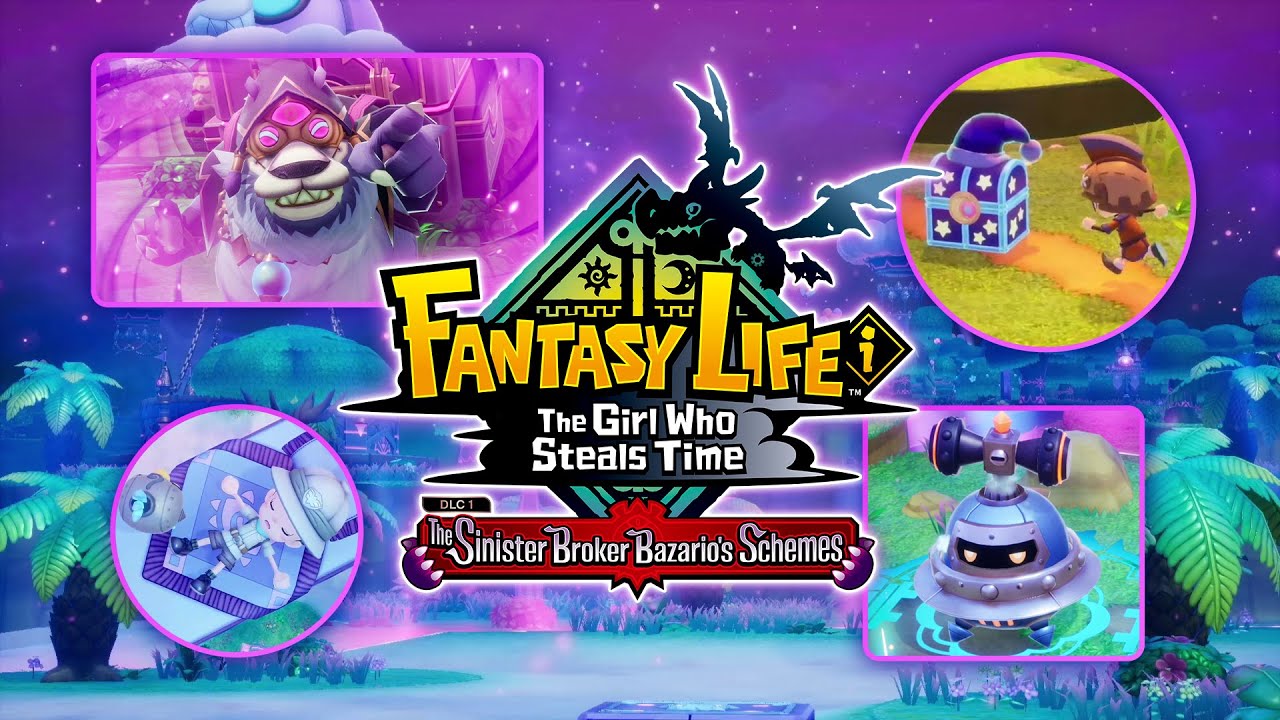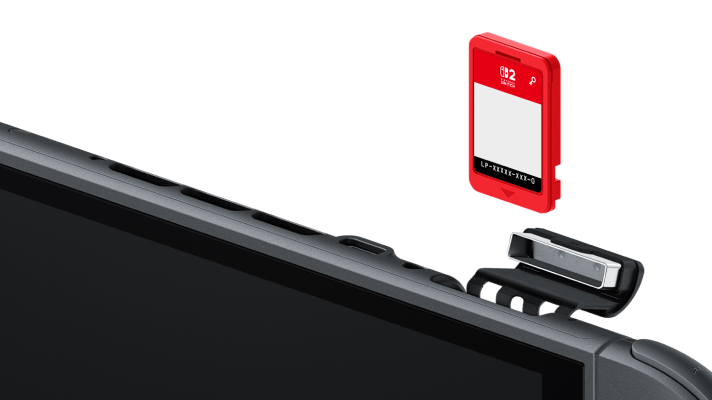Nintendo Virtual Console for Switch: Leaked iQue Emails Reveal Unreleased Plans
Nintendo’s commitment to preserving its classic gaming library has been a hallmark of its recent hardware generations.
For years, retro enthusiasts relied on the Virtual Console service to purchase and play classic titles on Wii, Wii U, and 3DS at their convenience.
However, with the advent of the Nintendo Switch, the company shifted strategies, introducing the Nintendo Switch Online (NSO) subscription service with tiered access to curated game libraries.
Now, newly surfaced details from a series of leaked iQue internal emails, analyzed by notable dataminer LuigiBlood and discussed on Yakumono’s Blog, shed light on an unlaunched project that could have brought an enhanced Virtual Console experience to the Nintendo Switch. According to the documents, work began on a project codenamed "Clipper" around 2015.
Developed through a collaboration between iQue—a subsidiary known for its work localizing Nintendo hardware in China—and acclaimed emulation specialist M2, with possible input from Nintendo European Research & Development (NERD), Clipper sought to deliver what was described as an upgraded Virtual Console platform with added online functionality.
The initiative aimed to allow players to individually purchase and download their favorite retro Nintendo titles, similar to the approach taken on earlier systems.
Importantly, Clipper also envisioned new features, such as a CRT mode offering period-authentic visual effects, including TV-like noise, as well as simulated power button sounds for both the Famicom and NES platforms.
Online multiplayer was slated to be a core part of the experience, marking a meaningful step forward in classic game connectivity. A key aspect of the project echoed in an early Nintendo Switch Online announcement: subscribers would be offered a free monthly NES or SNES game featuring newly-added online play.
As summarized by LuigiBlood, the now-defunct plan was similar to the existing Virtual Console model, but with the added value of a free rotating game for paid NSO members.
Subsequent updates confirmed the project would have allowed for paid, permanent access to classic games alongside the monthly offerings for subscribers. However, by May 2017, development on Clipper had ended after internal priorities shifted.
The project gave way to what was referred to as 'L-Classics,' which ultimately evolved into the long-term model seen in today's Nintendo Switch Online classic game libraries.
Nintendo publicly announced its commitment to curated subscription libraries the same year, aligning with the discontinuation of Virtual Console initiatives for new hardware. These revelations provide fresh perspective on Nintendo’s strategic pivot from à la carte retro game purchases on the eShop to the all-inclusive library approach offered through NSO.
As the community continues to reflect on the merits of each model, these insights offer a glimpse at what might have been had the Switch Virtual Console concept seen release.
For a deeper dive into the timeline and development details, readers can consult Yakumono’s Blog and LuigiBlood’s analysis. As Nintendo Switch Online continues to expand its classic game libraries, questions remain about the ideal balance between accessibility, ownership, and preservation of video game history—a conversation reignited by these newly uncovered plans.
For years, retro enthusiasts relied on the Virtual Console service to purchase and play classic titles on Wii, Wii U, and 3DS at their convenience.
However, with the advent of the Nintendo Switch, the company shifted strategies, introducing the Nintendo Switch Online (NSO) subscription service with tiered access to curated game libraries.
Now, newly surfaced details from a series of leaked iQue internal emails, analyzed by notable dataminer LuigiBlood and discussed on Yakumono’s Blog, shed light on an unlaunched project that could have brought an enhanced Virtual Console experience to the Nintendo Switch. According to the documents, work began on a project codenamed "Clipper" around 2015.
Developed through a collaboration between iQue—a subsidiary known for its work localizing Nintendo hardware in China—and acclaimed emulation specialist M2, with possible input from Nintendo European Research & Development (NERD), Clipper sought to deliver what was described as an upgraded Virtual Console platform with added online functionality.
The initiative aimed to allow players to individually purchase and download their favorite retro Nintendo titles, similar to the approach taken on earlier systems.
Importantly, Clipper also envisioned new features, such as a CRT mode offering period-authentic visual effects, including TV-like noise, as well as simulated power button sounds for both the Famicom and NES platforms.
Online multiplayer was slated to be a core part of the experience, marking a meaningful step forward in classic game connectivity. A key aspect of the project echoed in an early Nintendo Switch Online announcement: subscribers would be offered a free monthly NES or SNES game featuring newly-added online play.
As summarized by LuigiBlood, the now-defunct plan was similar to the existing Virtual Console model, but with the added value of a free rotating game for paid NSO members.
Subsequent updates confirmed the project would have allowed for paid, permanent access to classic games alongside the monthly offerings for subscribers. However, by May 2017, development on Clipper had ended after internal priorities shifted.
The project gave way to what was referred to as 'L-Classics,' which ultimately evolved into the long-term model seen in today's Nintendo Switch Online classic game libraries.
Nintendo publicly announced its commitment to curated subscription libraries the same year, aligning with the discontinuation of Virtual Console initiatives for new hardware. These revelations provide fresh perspective on Nintendo’s strategic pivot from à la carte retro game purchases on the eShop to the all-inclusive library approach offered through NSO.
As the community continues to reflect on the merits of each model, these insights offer a glimpse at what might have been had the Switch Virtual Console concept seen release.
For a deeper dive into the timeline and development details, readers can consult Yakumono’s Blog and LuigiBlood’s analysis. As Nintendo Switch Online continues to expand its classic game libraries, questions remain about the ideal balance between accessibility, ownership, and preservation of video game history—a conversation reignited by these newly uncovered plans.

